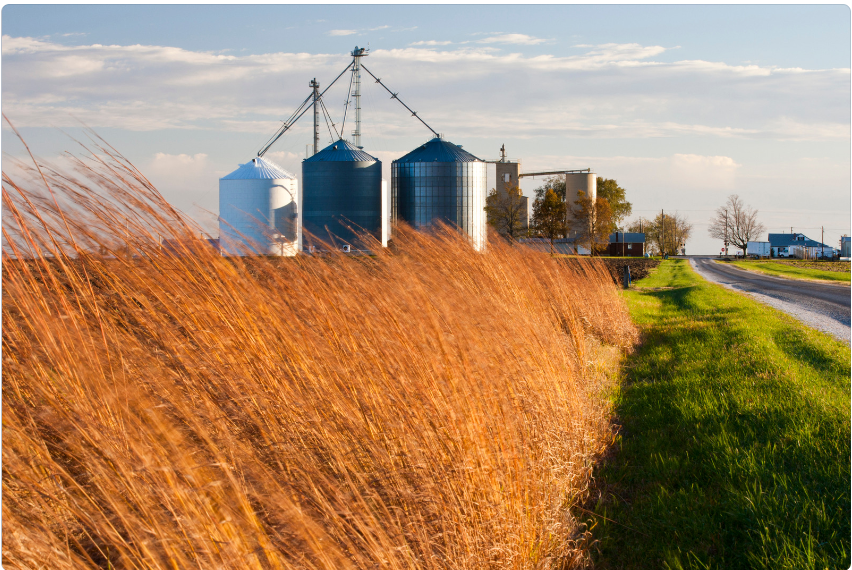By: Sanjeev Javia
In the realm of food, there’s a lot of talk about whether grass-fed or grain-fed beef is better for you. But what’s the truth behind the hype? Let’s break it down in simple terms to understand what’s really going on.
Understanding Cooking Risks with Beef
When we cook beef at high temperatures, it can create something called heterocyclic amines (HCAs). These compounds might not be great for your health. However, there’s a simple trick to reduce them: adding rosemary spice while cooking. Studies have shown that incorporating rosemary can significantly lower HCA levels, making your beef safer to eat without sacrificing flavor.
Grass-fed vs. Grain-fed: What’s in Your Beef?
Grass-fed beef is often praised for being healthier, but is it worth the extra cost? When we look at the facts, grass-fed beef does have more of certain nutrients and less fat and calories compared to grain-fed beef. For example, it has a lot more Vitamin B-12, which is essential for energy production and nervous system health. Additionally, grass-fed beef tends to contain higher levels of beneficial antioxidants, like vitamin E and beta-carotene, which play crucial roles in protecting our cells from damage. On the other hand, grain-fed beef may have higher levels of unhealthy fats, such as omega-6 fatty acids, which in excess can contribute to inflammation and other health issues. However, the differences in other vitamins and minerals aren’t as significant, so it’s essential to weigh these factors against the cost and availability of grass-fed beef.
Protein and Fats: What You Need to Know
Protein is a crucial nutrient for building and repairing tissues, making it an essential component of any diet. Grass-fed beef typically contains higher levels of protein compared to grain-fed beef, making it an attractive option for those looking to boost their protein intake. Additionally, grass-fed beef tends to have a healthier fat profile, with higher levels of beneficial omega-3 fatty acids, which are known for their anti-inflammatory properties and potential heart health benefits. While omega-3 fats are also found in fish and other seafood, incorporating grass-fed beef into your diet can provide an additional source of these essential fatty acids. However, it’s important to note that the difference in omega-3 content between grass-fed and grain-fed beef may not be substantial enough to solely rely on beef as a primary source of omega-3s.
Considering Costs and Benefits
Grass-fed beef typically comes with a higher price tag compared to grain-fed beef, and it might taste a bit different, too. So, before you decide, think about your budget and what tastes good to you. While the nutritional advantages of grass-fed beef are noteworthy, they may not justify the additional cost for everyone. It’s essential to consider your overall dietary goals and preferences when making food choices. Remember that a balanced diet that includes a variety of foods is key to meeting your nutritional needs and promoting overall health.
Final Thoughts: Making the Right Choice
The choice between grass-fed and grain-fed beef ultimately depends on what’s important to you. While grass-fed beef offers some nutritional advantages, such as higher levels of certain nutrients and healthier fats, these differences may not be significant enough to warrant the higher cost for everyone. Whether you opt for grass-fed or grain-fed beef, focus on incorporating a variety of nutrient-dense foods into your diet to ensure you’re meeting your nutritional needs and enjoying a well-rounded eating experience.

